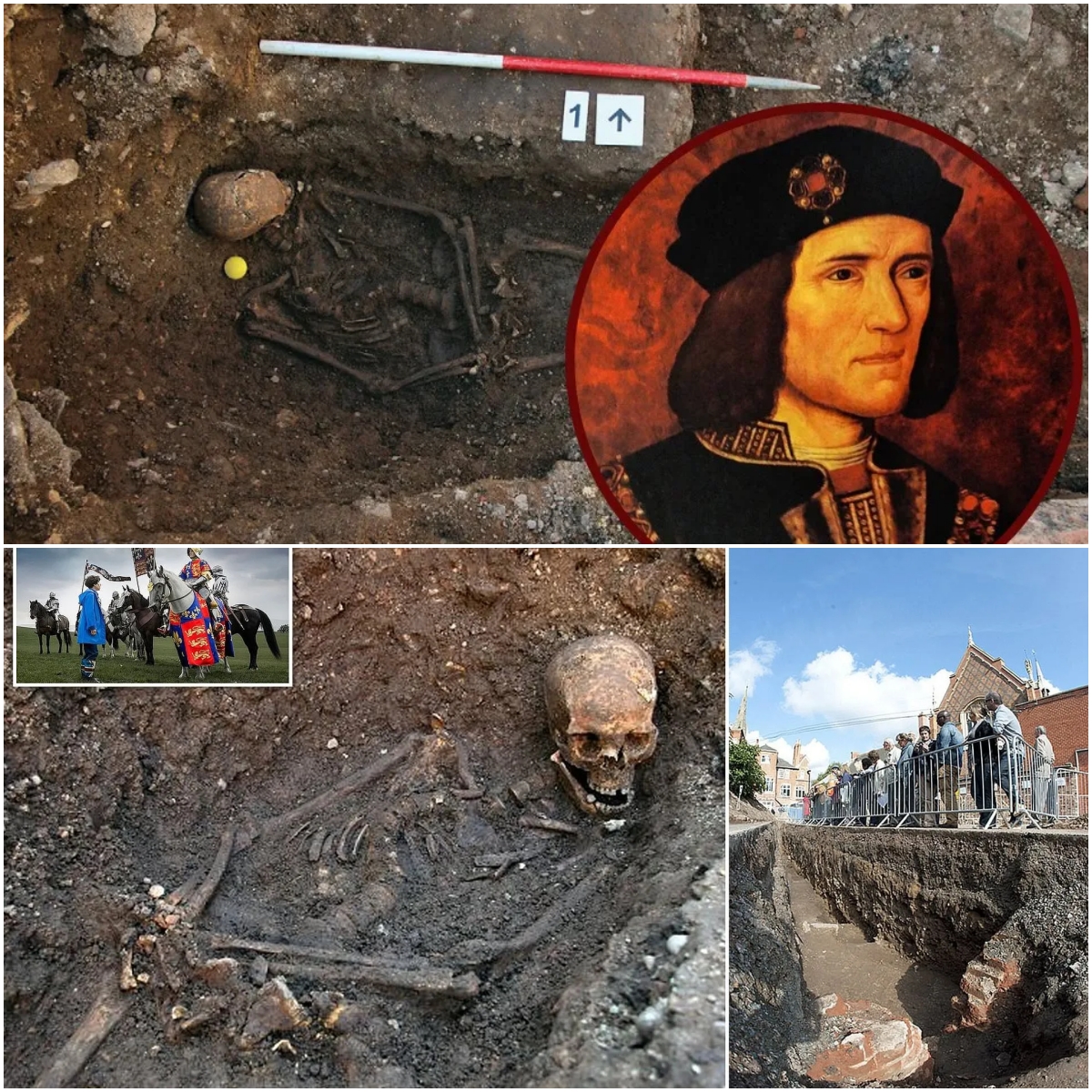The Great Sphinx’s Age: Older Than History Suggests?
The Great Sphinx of Giza, in Egypt, stands as a monumental symbol of ancient Egyptian civilization. However, the true age of the Sphinx has become one of the biggest questions in the scientific community. While most theories suggest that the Sphinx was built around 2500 BC, during the reign of Pharaoh Khafre, some scientists believe it could be much older.

The Sphinx was discovered on the Giza plateau, next to the pyramids, at the beginning of the 19th century, when archaeological excavations began to remove the layer of sand that covered it. With an approximate length of 73 meters and a height of 20 meters, the Sphinx is one of the largest sculptures in the world. Its body was carved directly from the natural limestone rock of the plateau, while its smaller head presents more refined work.

The unusual signs present on the surface of the Sphinx have generated numerous debates. In 1991, John Anthony West and Dr. Robert Schoch, a geologist at Boston University, stated that water erosion marks on the surface of the Sphinx indicate that it existed long before the desertification of the Giza region. that is, between 7000 and 9000 years ago.
These theories quickly generated controversy. Traditional archaeologists refuted this idea, arguing that there is no archaeological evidence of a civilization more advanced than that of ancient Egypt. They also noted that the erosion marks on the Sphinx could be due to different climatic conditions or human intervention during the numerous restoration processes over the centuries.

Recent research is exploring the geological features of the Giza Plateau. Methods such as spore analysis, X-ray spectroscopy and ground penetrating radar have been used to identify rock layers of different ages in the region. Additionally, researchers have proposed conducting new excavations in the areas surrounding the Sphinx to search for more archaeological evidence of related structures.

Although there is still no consensus in the scientific community, the debate over the true antiquity of the Sphinx has prompted new research that promises to shed light on different aspects of humanity’s ancient civilization.






